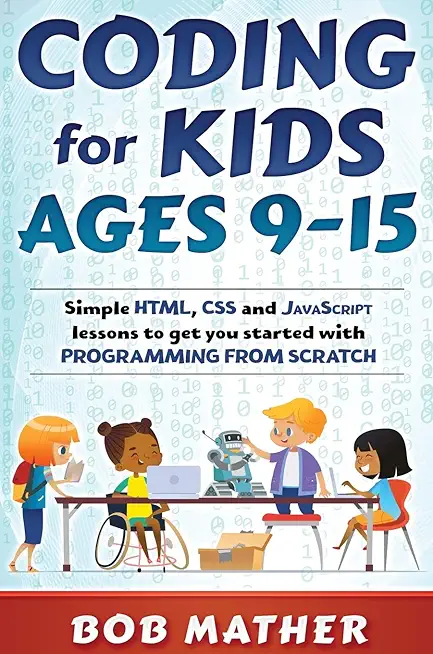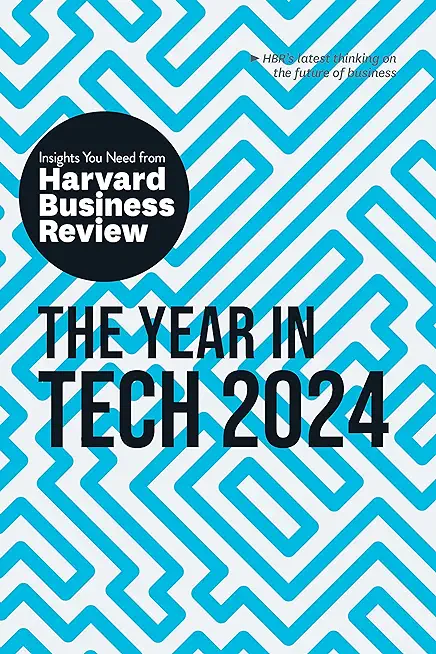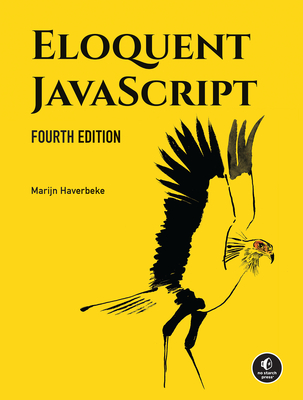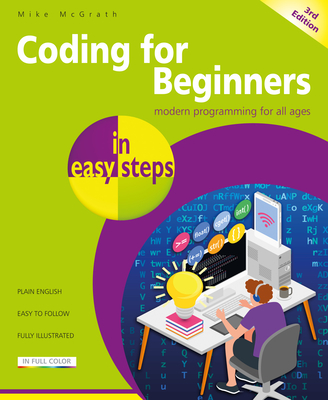AJAX for Java Developers Using Rational Application Developer (RAD) Training in Tustin
|
We offer private customized training for groups of 3 or more attendees.
|
||
Course Description |
||
| This four-day course includes detailed coverage of how to handle Ajax
requests using Servlets/JSP and Java Web applications. This includes
generation of HTML, XML and JSON from Java, as well as the use of
various other server-side Ajax techniques. The course also provides
extensive coverage on using frameworks - both client side JavaScript and
server side Java - to support the complex programming that Ajax
requires. These frameworks can reduce the sometimes complex and tedious
programming that Ajax can require. Client side frameworks can relieve
you from dealing with the low level complexities of Ajax, or provide
preexisting widgets like a textbox with Ajax-powered completions. We
also cover frameworks like Direct Web Remoting (DWR) to invoke server
side Java from JavaScript, and Google Web Toolkit (GWT) to develop Ajax
applications completely in Java, and have GWT generate the JavaScript.
This course is hands on with labs to reinforce all the important
concepts. It will enable you to build working Ajax applications, and
give you an understanding of the important concepts and technology in a
very short time.
Course Length: 4 Days
Course Tuition: $2250 (US) |
||
Prerequisites |
|
| Basic knowledge of HTML and JavaScript and practical Java and Servlet/JSP programming experience. | |
Course Outline |
|
Session 1: Overview of Ajax
What are Rich Internet Applications?
What is Ajax?
Ajax, JavaScript, and DHTML
How Ajax Works
Overview of Ajax Technologies
Session 2: Basics of JavaScript for Browsers
JavaScript and DHTML Overview
Using JavaScript in an HTML Page
Basic JavaScript Programming
Functions in JavaScript
Debugging JavaScript
Accessing HTML Elements and Modifying with innerHTML
Session 3: XMLHttpRequest
The XMLHttpRequest Object
Using XMLHttpRequest
Working with Browser Differences
Your First Ajax Application
Using Ajax Data to Modify the Page
Session 4: Using Servlets and JSP with Ajax
Servlet/JSP Overview
Handling Ajax Requests
Returning Data to Ajax Requests
Using JSP pages to generate Ajax data
Session 5: More JavaScript for Ajax
Browser Events
Using Ajax with Browser Events
Using Built-in Objects
Objects and Arrays in JavaScript
Objects as Function Arguments
Defining Classes in JavaScript
Defining Modules and Namespaces in JavaScript
Session 6: Client-Side Ajax Frameworks
Overview - Prototype, Dojo, script.aculo.us and others
Prototype Overview
Using Prototype ($(), Ajax.Request)
script.aculo.us Overview
Using script.aculo.us Ajax autocompleter
Servlet/JSP (server-side) Generation of Data
Dojo Toolkit Overview
YUI (Yahoo User Interface Toolkit) Overview
Google Maps and Google Ajax Search API Overview
Session 7: Cascading Style Sheets (CSS)
CSS Overview
Defining and Using Styles and Style Sheets
Using CSS to Customize Ajax Data Display
Session 8: JavaScript Object Notation (JSON)
JSON Overview
JSON Data Structure
Objects and Arrays in JSON
Creating/Working with JSON on the Server using Java
Working with JSON in the browser
Other JSON Tools Overview
Session 9: XML and Ajax
XML Overview
XML - The x in Ajax
Working with XML on the browser
Generating XML data on the server with Java
Using HTML vs Using XML vs Using JSON
Session 10: Direct Web Remoting (DWR
Overview - Invoking Java via Ajax
DWR Architecture
Invoking Java Functions From the Browser
Registering Callbacks
Additional Capabilities
Overview of other technologies (JSON-RPC, Google Web Toolkit - GWT)
Session 11: Ajax and JavaServer Faces (JSF)
JSF Overview
JSF and Ajax
Demo Lab: Using Ajax with JSF
Session 12: Patterns and Best Practices
JavaScript Best Practices
State of Ajax
Ajax Design Patterns
Ajax Security Issues
Other Ajax Issues
Recap of Ajax Technologies and Their Uses
Future Directions
|
Course Directory [training on all levels]
- .NET Classes
- Agile/Scrum Classes
- AI Classes
- Ajax Classes
- Android and iPhone Programming Classes
- Azure Classes
- Blaze Advisor Classes
- C Programming Classes
- C# Programming Classes
- C++ Programming Classes
- Cisco Classes
- Cloud Classes
- CompTIA Classes
- Crystal Reports Classes
- Data Classes
- Design Patterns Classes
- DevOps Classes
- Foundations of Web Design & Web Authoring Classes
- Git, Jira, Wicket, Gradle, Tableau Classes
- IBM Classes
- Java Programming Classes
- JBoss Administration Classes
- JUnit, TDD, CPTC, Web Penetration Classes
- Linux Unix Classes
- Machine Learning Classes
- Microsoft Classes
- Microsoft Development Classes
- Microsoft SQL Server Classes
- Microsoft Team Foundation Server Classes
- Microsoft Windows Server Classes
- Oracle, MySQL, Cassandra, Hadoop Database Classes
- Perl Programming Classes
- Python Programming Classes
- Ruby Programming Classes
- SAS Classes
- Security Classes
- SharePoint Classes
- SOA Classes
- Tcl, Awk, Bash, Shell Classes
- UML Classes
- VMWare Classes
- Web Development Classes
- Web Services Classes
- Weblogic Administration Classes
- XML Classes
Java Programming Uses & Stats
|
Difficulty
|
Popularity
|
Year Created 1995 |
|
Pros
Most Commonly Used:
Great Career Choice:
Android Apps Development:
It Can Run On Any Platform:
Great Supporting IDE's: |
Cons
Uses a Lot of Memory:
Difficulty in Learning:
Slow Start Up Times:
Verbose and Complex Code:
Commercial License Cost: |
| Java Programming Job Market |

Average Salary
|

Job Count
|

Top Job Locations
New York City |
|
Complimentary Skills to have along with Java Programming
- If you are an experienced Java developer, learning a complimentary language to Java should come much more naturally. As an example JetBrains recently created the Kotlin programming language which is officially supported by Google for mobile development. Kotlin compiles to Java bytecode and runs on the JVM; it's purported to address many of Java's shortcomings... |






